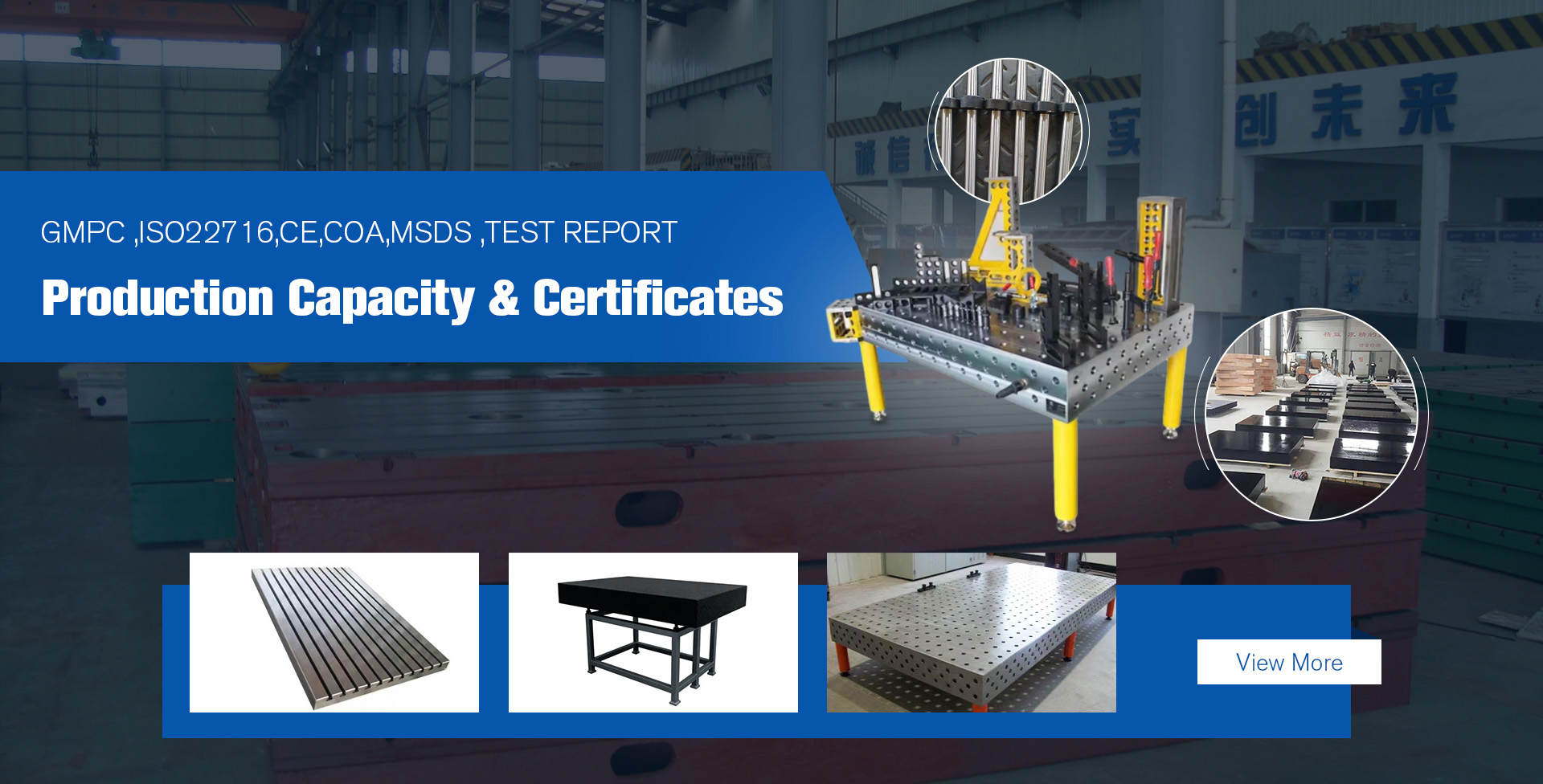Aug . 25, 2024 03:36 Back to list
ball valves types
Understanding the Different Types of Ball Valves
Ball valves are integral components in various piping systems, essential for controlling flow and pressure. Their simplicity, reliability, and ease of use make them a popular choice in multiple industries, from oil and gas to water treatment and beyond. In this article, we will explore the different types of ball valves and their applications, enhancing our understanding of this vital mechanical device.
1. Floating Ball Valves
Floating ball valves are the most common type used in various applications. In this design, the ball is not fixed but instead floats within the valve body. The ball is pressed against the seat by the fluid pressure when the valve is closed. This mechanism ensures a tight seal, preventing any leakage. Floating ball valves are versatile and can be used in low to medium pressure applications, making them suitable for water, steam, and gas services.
2. Trunnion Mounted Ball Valves
Trunnion mounted ball valves are designed for higher pressure and larger diameter applications. In this type, the ball is supported by trunnions or pins that hold it in place, allowing it to rotate. This design minimizes the wear on the seats and reduces the torque required to operate the valve, which is advantageous in high-pressure scenarios. Due to their robust construction, trunnion mounted ball valves are commonly used in oil and gas, chemicals, and power generation industries.
3. Two-Piece and Three-Piece Ball Valves
Ball valves can also be categorized based on their construction style two-piece and three-piece. A two-piece ball valve consists of two body components, making it more compact and easier to install. However, it usually requires the entire valve to be removed for maintenance or inspection.
ball valves types

In contrast, three-piece ball valves have three distinct sections, allowing for easy maintenance without removing the valve from the piping system. This feature is particularly advantageous in applications where valve maintenance is frequent, enhancing efficiency and reducing downtime.
4. Full Port and Reduced Port Ball Valves
Ball valves can also be differentiated by their port sizes. Full port ball valves have a larger bore or opening that is the same size as the pipe, resulting in minimal pressure drops and higher flow capacity. They are ideal for applications where maximum flow is required.
Reduced port ball valves, on the other hand, have a smaller bore, leading to a slight reduction in flow capacity. While this might seem like a disadvantage, they are often more economical and lighter, making them suitable for situations where high flow is not critical.
5. Specialty Ball Valves
Beyond the common types, there are also specialty ball valves designed for specific applications. For instance, cryogenic ball valves are specifically engineered for extremely low temperatures, often used in liquefied natural gas (LNG) applications. Additionally, electric and pneumatic ball valves offer automated solutions for flow control, enhancing efficiency in operations.
Conclusion
In summary, ball valves are crucial components in various industrial applications, and understanding the different types enables better selection for specific needs. From floating and trunnion mounted designs to full port and specialty valves, each type serves a unique purpose. By choosing the appropriate ball valve, engineers and technicians can ensure optimal performance, safety, and efficiency in their systems.
-
Why Metric Trapezoidal Thread is Ideal for Precision Motion ControlNewsAug.05,2025
-
The Unique Properties of a Block of Granite for Industrial UseNewsAug.05,2025
-
The Role of Flanged Y Strainers in Preventing Pipeline ClogsNewsAug.05,2025
-
The Importance of Regular Calibration for Master Ring GagesNewsAug.05,2025
-
How a Cast Iron Surface Table Enhances Accuracy in ManufacturingNewsAug.05,2025
-
Comparing Different Check Valve Types for Optimal Flow ControlNewsAug.05,2025
Related PRODUCTS









